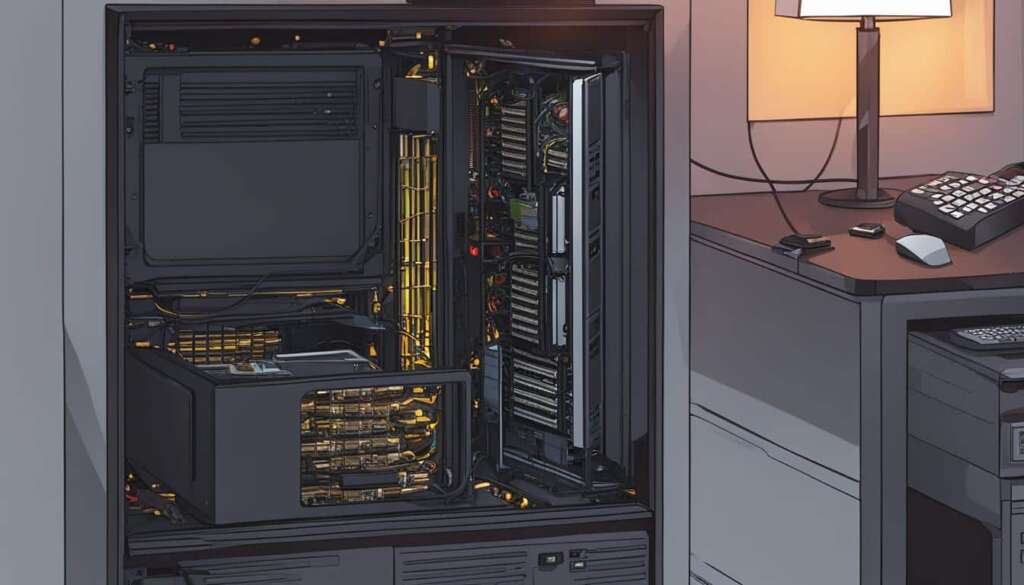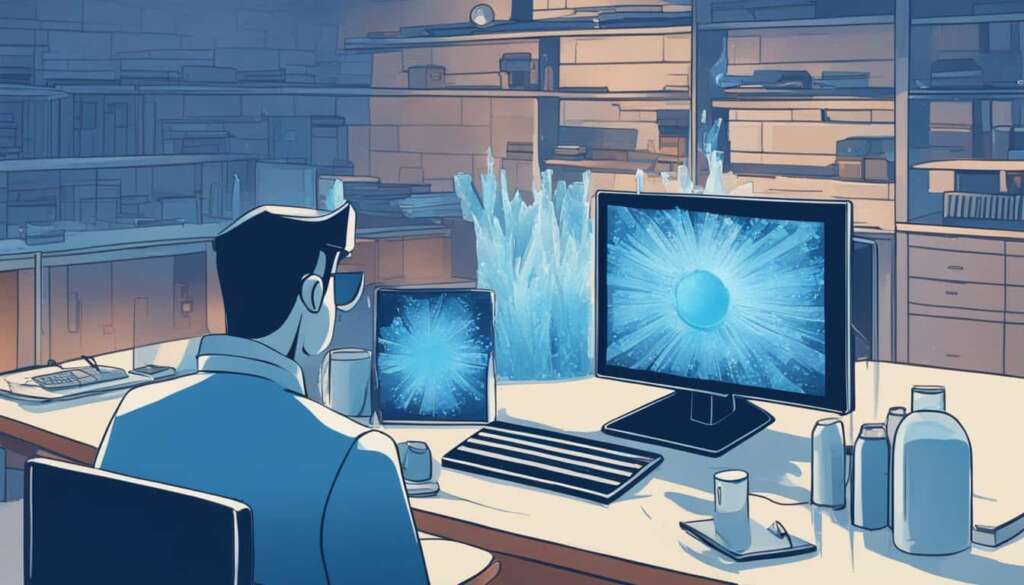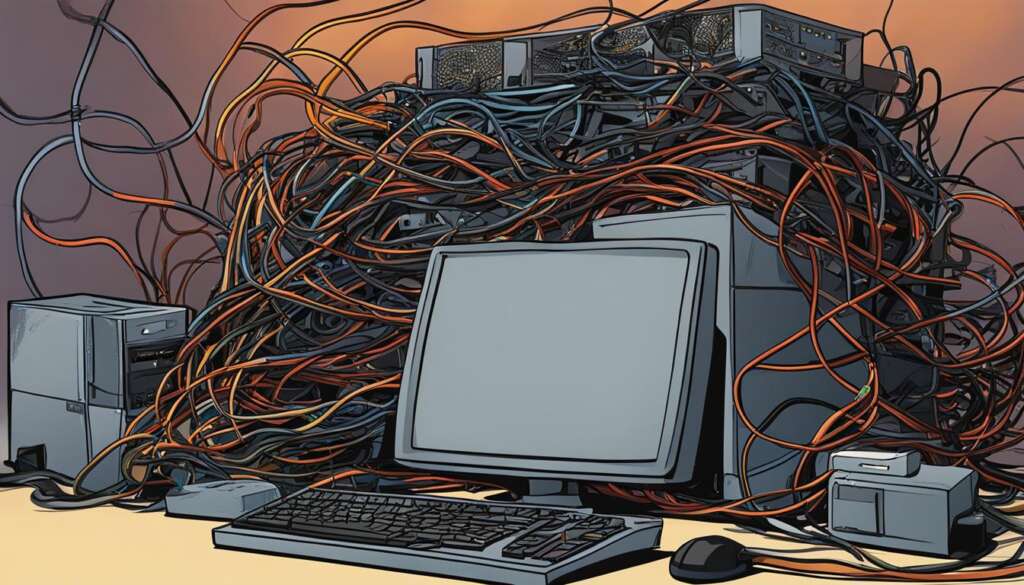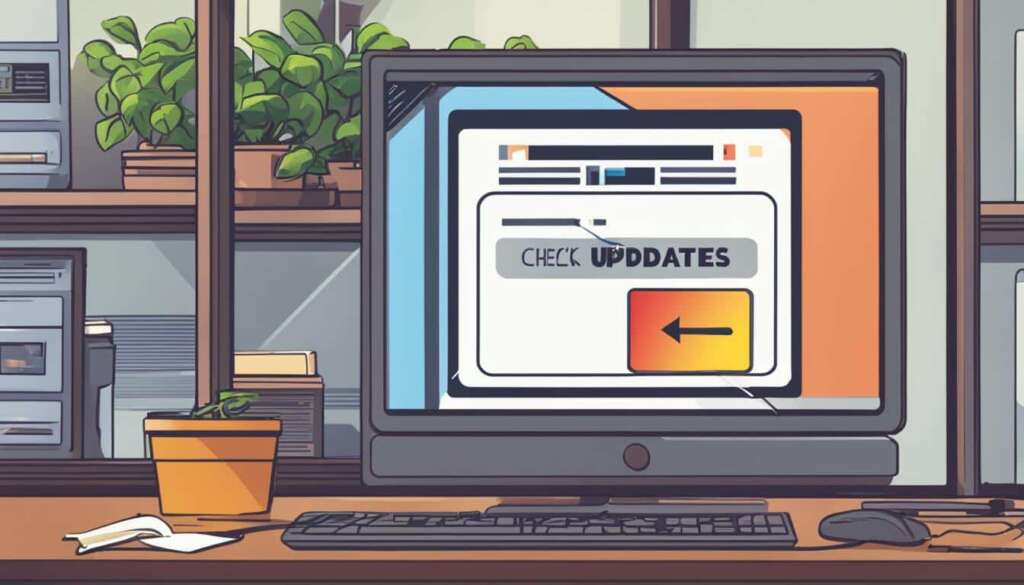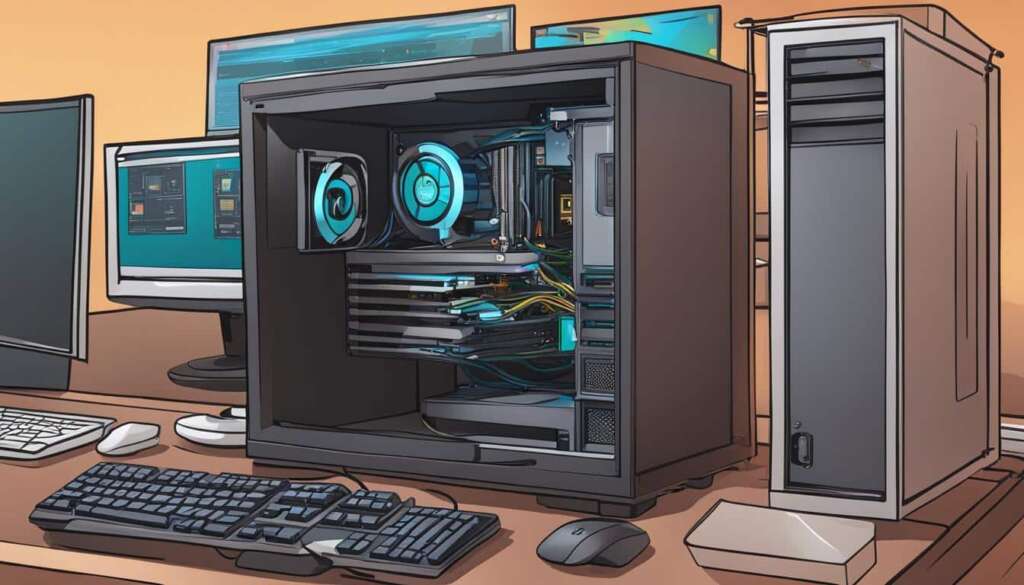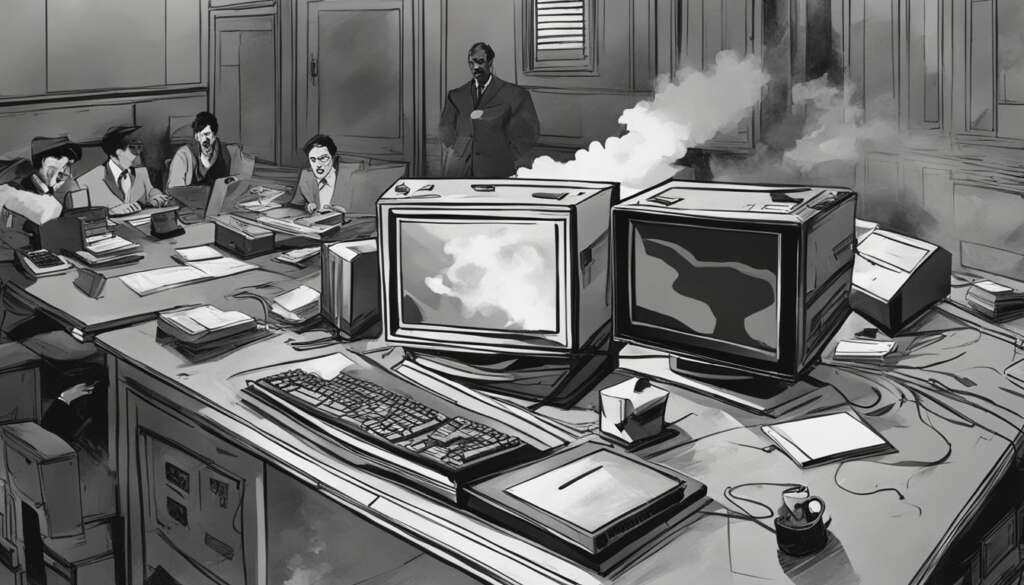Table of Contents
Are you frustrated with your PC constantly restarting on its own? If your computer is stuck in a reboot loop, it can be incredibly disruptive and prevent you from getting your work done or enjoying your favorite activities. Luckily, there are solutions available to help you fix this issue and get your PC back to its normal functioning.
The problem of a PC randomly restarting can be caused by various factors, including corrupted drivers, faulty hardware, and malware infection. Many users have reported experiencing this issue after installing a Windows 10 update. In this article, we will explore some troubleshooting tips to help you resolve the restart problem and bring stability back to your PC.
Disabling Automatic Restart
One of the first steps to take in troubleshooting the restart issue is to disable the automatic restart feature. This can be done by booting the computer into Safe Mode, accessing the System Properties, going to the Advanced tab, and unchecking the “Automatically restart” option. Disabling this feature temporarily prevents the computer from automatically restarting, allowing for other troubleshooting methods to be applied.
Disabling the automatic restart feature is crucial in resolving the restart loop caused by the Windows 10 update. By preventing the system from restarting automatically, you gain more control over the troubleshooting process and can effectively identify and fix the underlying issue.
Here’s a step-by-step guide to disabling the automatic restart feature:
- Start by booting your computer into Safe Mode. This can usually be done by pressing the F8 key repeatedly during startup until the Advanced Boot Options menu appears.
- Select the “Safe Mode” option using the arrow keys and press Enter.
- Once you’re in Safe Mode, right-click on the Start button and select “System”.
- In the System window, click on the “Advanced system settings” link on the left-hand side.
- A new window will appear. Go to the “Advanced” tab.
- Under the “Startup and Recovery” section, click on the “Settings” button.
- In the Startup and Recovery window, uncheck the box next to “Automatically restart”.
- Click “OK” to save the changes.
- Restart your computer in normal mode.
After disabling the automatic restart feature, closely monitor your computer for any changes. If the restart loop persists, you can proceed with the other troubleshooting methods, such as checking for hardware issues or updating your drivers.
Checking Hardware Issues
Faulty hardware can be a common culprit behind random PC restarts. It is crucial to check for hardware issues, especially when troubleshooting the restart problem. Some components that should be examined include the RAM, CPU, and external devices.
Start by examining the RAM. Remove it from the slot and give it a thorough cleaning to ensure there is no dirt or dust accumulation. Then, reinsert the RAM and check if the problem persists. Sometimes, a faulty RAM connection can cause the PC to restart unexpectedly.
Overheating is another hardware-related issue that can lead to frequent restarts. The CPU is particularly susceptible to overheating, so ensure it is functioning properly. Monitor the CPU temperature using software like Core Temp and ensure it stays within the safe range. If the CPU is overheating, check the cooling system and clean it to remove any dust or debris that may impede airflow.
- Remove RAM from the slot
- Clean RAM to remove dust or dirt
- Reinsert RAM and check for restart issues
- Monitor CPU temperature with Core Temp
- Check cooling system for dust or debris
In addition to the internal components, external devices connected to the PC should also be inspected. Disconnect all external devices, such as printers, USB drives, or external hard drives, and observe if the random restart problem persists. Faulty or incompatible external devices can sometimes trigger restart loops, highlighting the importance of testing without them.
Remember, by addressing hardware issues, such as faulty RAM, CPU overheating, and problematic external devices, you can resolve the random restart problem and ensure a stable PC performance.
Updating Your Drivers
Outdated drivers can lead to communication issues between devices and the system, resulting in restart problems. To address this, it is advised to update all drivers to their latest versions. This can be done manually by visiting the manufacturer’s website and downloading the correct driver for each device, or using a third-party driver updater software like Auslogics Driver Updater.
In order to update your drivers manually, follow these steps:
- Identify the devices that require driver updates. This may include graphics cards, sound cards, network adapters, and other peripherals.
- Visit the manufacturer’s website for each device and navigate to the support or downloads section.
- Locate the latest driver version compatible with your operating system and download it.
- Once downloaded, run the installer and follow the on-screen instructions to update the driver.
If you prefer a more convenient option, third-party driver updater software can simplify the process. Auslogics Driver Updater, for example, automatically scans your system for outdated drivers and downloads and installs the latest versions with just a few clicks.
Benefits of Updating Drivers
Updating your drivers offers several benefits:
- Improved performance: Updated drivers often include performance optimizations that can enhance the speed and efficiency of your devices.
- Compatibility: Newer drivers are designed to work seamlessly with the latest operating systems and software updates, ensuring compatibility.
- Bug fixes: Driver updates often address known issues and bugs, providing a more stable and reliable computing experience.
- New features: Some driver updates introduce new features and functionality that can enhance the capabilities of your devices.
| Device | Manufacturer | Latest Driver Version |
|---|---|---|
| Graphics card | NVIDIA | 466.11 |
| Sound card | Realtek | 6.0.9088.1 |
| Network adapter | Intel | 25.0.0.9 |
| Printer | HP | 5.9.0.18326 |
Running a Virus Scan
A potential cause of frequent restarts on your computer could be a virus or malware infection. These malicious programs can disrupt your system and cause it to enter into a restart loop. To address this issue, it is essential to conduct a thorough virus scan using an antivirus program.
Windows Defender, the built-in security software in Windows, offers basic virus scanning capabilities. You can initiate a scan by opening Windows Defender and selecting the “Full” scan option. This will thoroughly examine your system and detect any malware or viruses that may be triggering the restarts.
For a more comprehensive check and enhanced computer security, you can consider using third-party antivirus software such as Norton or Auslogics Anti-Malware. These programs offer advanced malware detection algorithms and additional features to safeguard your computer from potential threats.
By running a virus scan, you can identify and eliminate any malicious programs that might be causing the restart loop. It is vital to keep your computer and its data secure from malware infections to ensure optimal performance and a stable system.
FAQ
Why does my PC keep restarting?
The problem of a PC randomly restarting can be caused by various factors, including corrupted drivers, faulty hardware, and malware infection. Many users have reported that the issue occurred after installing a Windows 10 update. Fortunately, there are several solutions to fix the reboot loop on Windows 10.
How can I disable automatic restart?
One of the first steps to take in troubleshooting the restart issue is to disable the automatic restart feature. This can be done by booting the computer into Safe Mode, accessing the System Properties, going to the Advanced tab, and unchecking the “Automatically restart” option. Disabling this feature temporarily prevents the computer from automatically restarting, allowing for other troubleshooting methods to be applied.
What should I check for hardware issues?
Faulty hardware can also be a common cause of random restarts. Checking for hardware issues involves examining components such as the RAM and CPU. For the RAM, it is recommended to remove it from the slot, clean it, and insert it back to see if the problem is resolved. Overheating can also lead to restarts, so it is important to ensure that the CPU is working properly and that there is no accumulation of dust or dirt. Additionally, external devices connected to the computer should be unplugged to determine if any of them are causing the restart loop.
How do I update my drivers?
Outdated drivers can lead to communication issues between devices and the system, resulting in restart problems. To address this, it is advised to update all drivers to their latest versions. This can be done manually by visiting the manufacturer’s website and downloading the correct driver for each device, or using a third-party driver updater software like Auslogics Driver Updater.
How can I run a virus scan?
Another possible cause of frequent restarts is a virus or malware infection. Conducting a thorough virus scan using an antivirus program can help identify and eliminate any malicious programs that may be causing the restart loop. Windows Defender can be used for scanning, or alternatively, more comprehensive security software like Norton or Auslogics Anti-Malware can be employed for a more thorough check.



